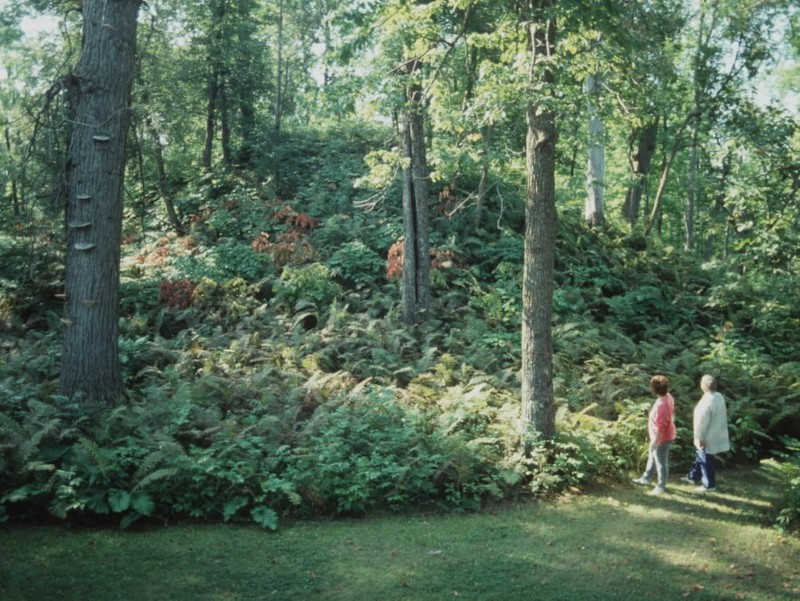Grand Mound State Park
Introduction
Text-to-speech Audio
Images
The Grand Mound

Backstory and Context
Text-to-speech Audio
The park was privately owned beginning in 1930 to protect it. The owner sold it to the Minnesota Historical Society in 1971, which built a visitor center and opened the park in 1975. Concerns of Native Americans that the mounds should not be open to tourists, because they considered the mounds sacred burial grounds, prompted the park's closure in 2007. However, beginning in early 2015, this thinking had begun to change. Interest increased among all parties, including the Native Americans, that the history of the site and the ancient peoples who lived there should be told once again. Plans to reopen the site range from simple trails with interpretive panels to opening a the visitor center.
